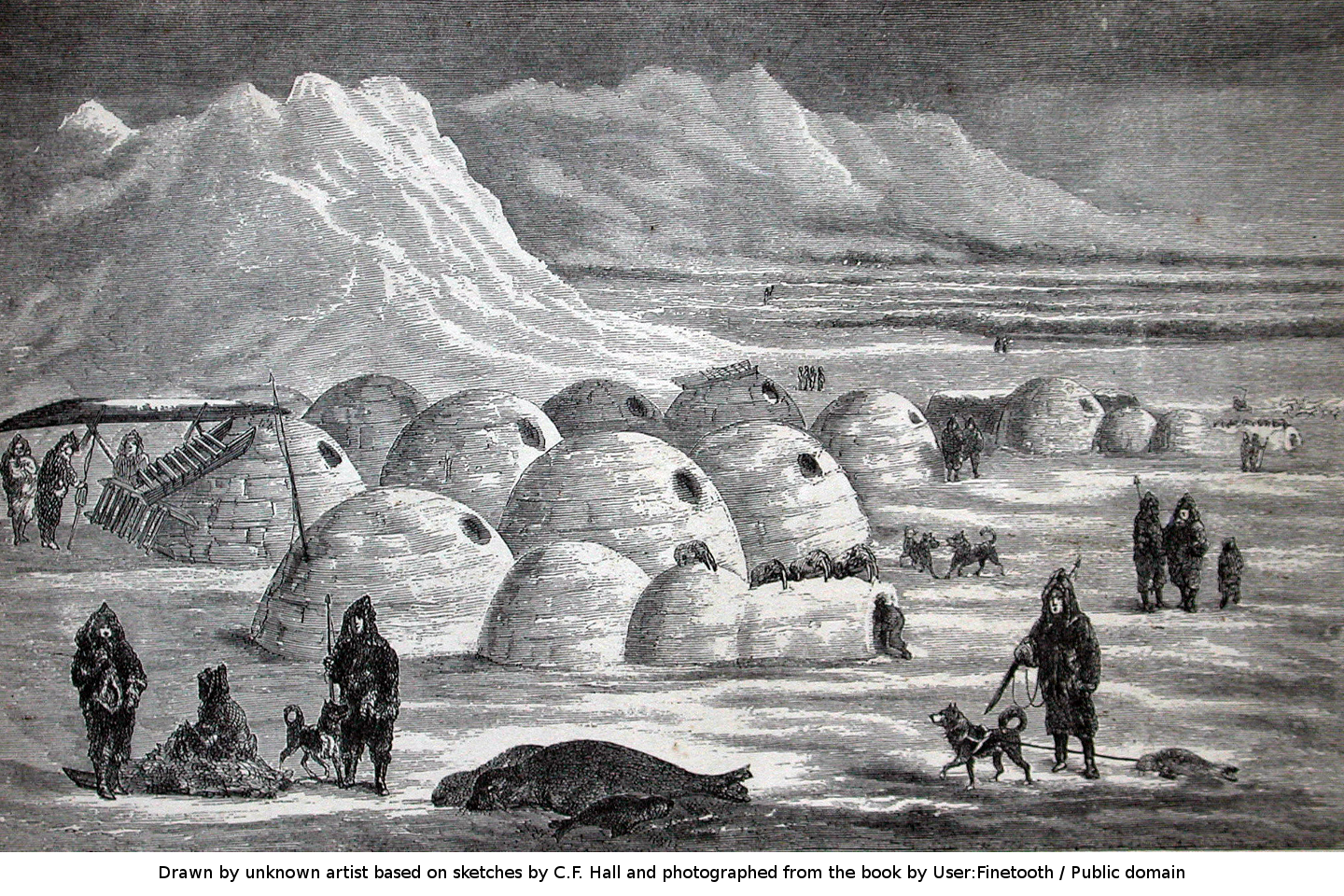Image: Momotarou2012 /
CC BY-SA
Cultures from pre-history to modern times constructed domed dwellings using local materials. The earliest discovered may be four small dwellings made of Mammoth tusks and bones. The first was found by a farmer in Mezhirich, Ukraine, in 1965 while he was digging in his cellar and archaeologists unearthed three more. They date from 19,280 - 11,700 BC.
Discoveries of seal impressions in the ancient Chogha Mish (c. 6800 to 3000 BC), located in Iran, show the use of dome structures in mud-brick and adobe buildings. Other examples have been excavated at a Mesopotamian site of the Halaf (c. 6100 to 5400 BC) and Ubaid (ca. 5300 to 4000 BC) cultures.
The creation of dome-like structures has been documented among indigenous peoples around the world. The Wigwam by Native Americans uses branches covered with grass or hides. The Efé people of Africa construct similar structures using leaves as shingles.
